Affiliate links on Android Authority may earn us a commission. Learn more.
Google in 2019: All in on AI
Published onJanuary 5, 2019
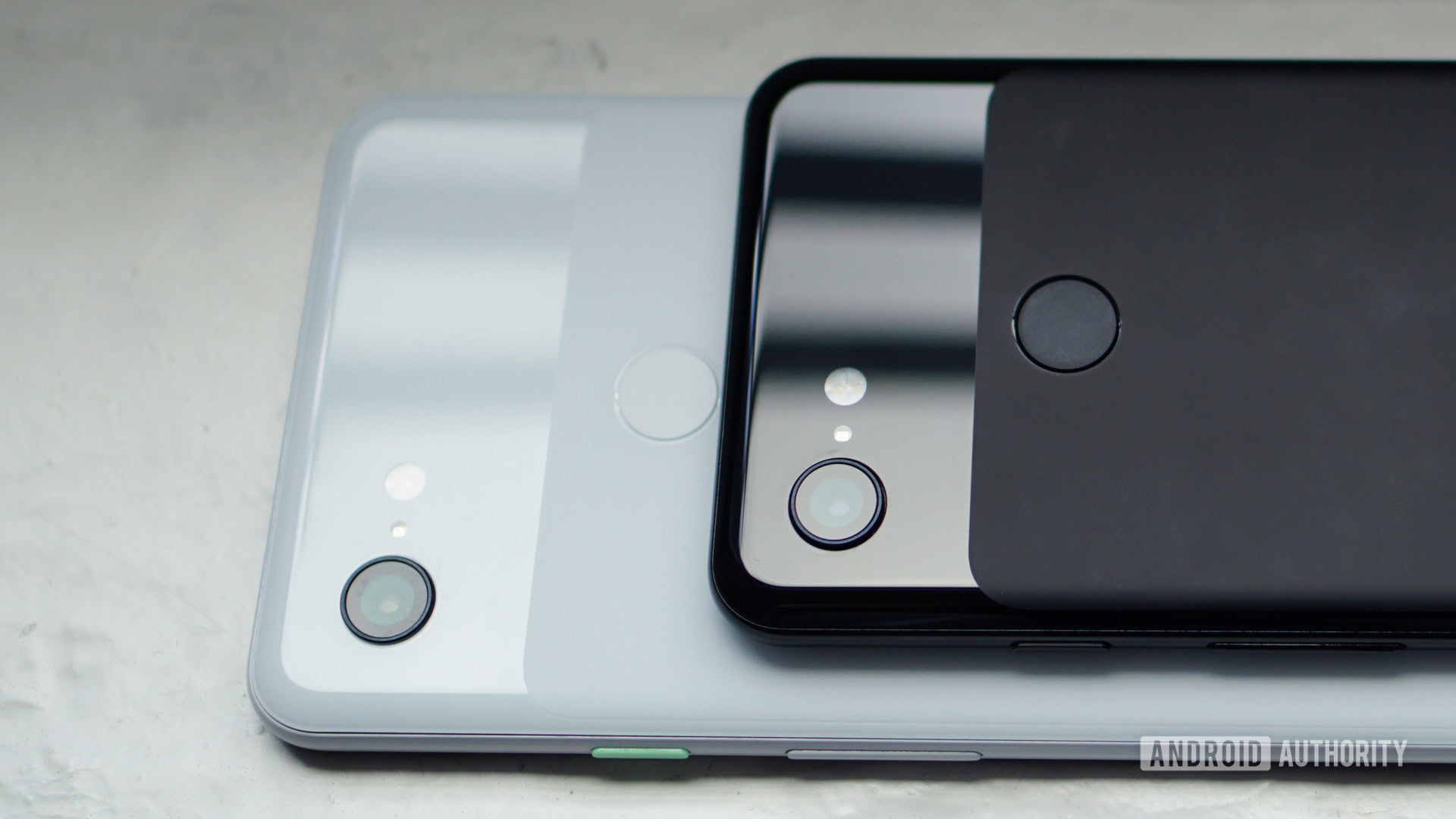
With the release of the Google Pixel 3 in October, Google reaffirmed its position as a worthy contender in the bloody war of the smartphone industry. However, despite the handset’s glowing reviews, the Pixel line still has a very small market share, especially compared to popular lines from Samsung or Huawei.
While Google’s ambitions for smartphone dominance may have a long way to go, it made huge strides in 2018 with Google Home hardware products like the Google Home Mini. It also solidified its reputation as the reigning king of the AI and virtual assistant world.
Let’s take a look at how Google ended 2018, and what’s likely to come in 2019.
Pixels are selling, but market share is still small
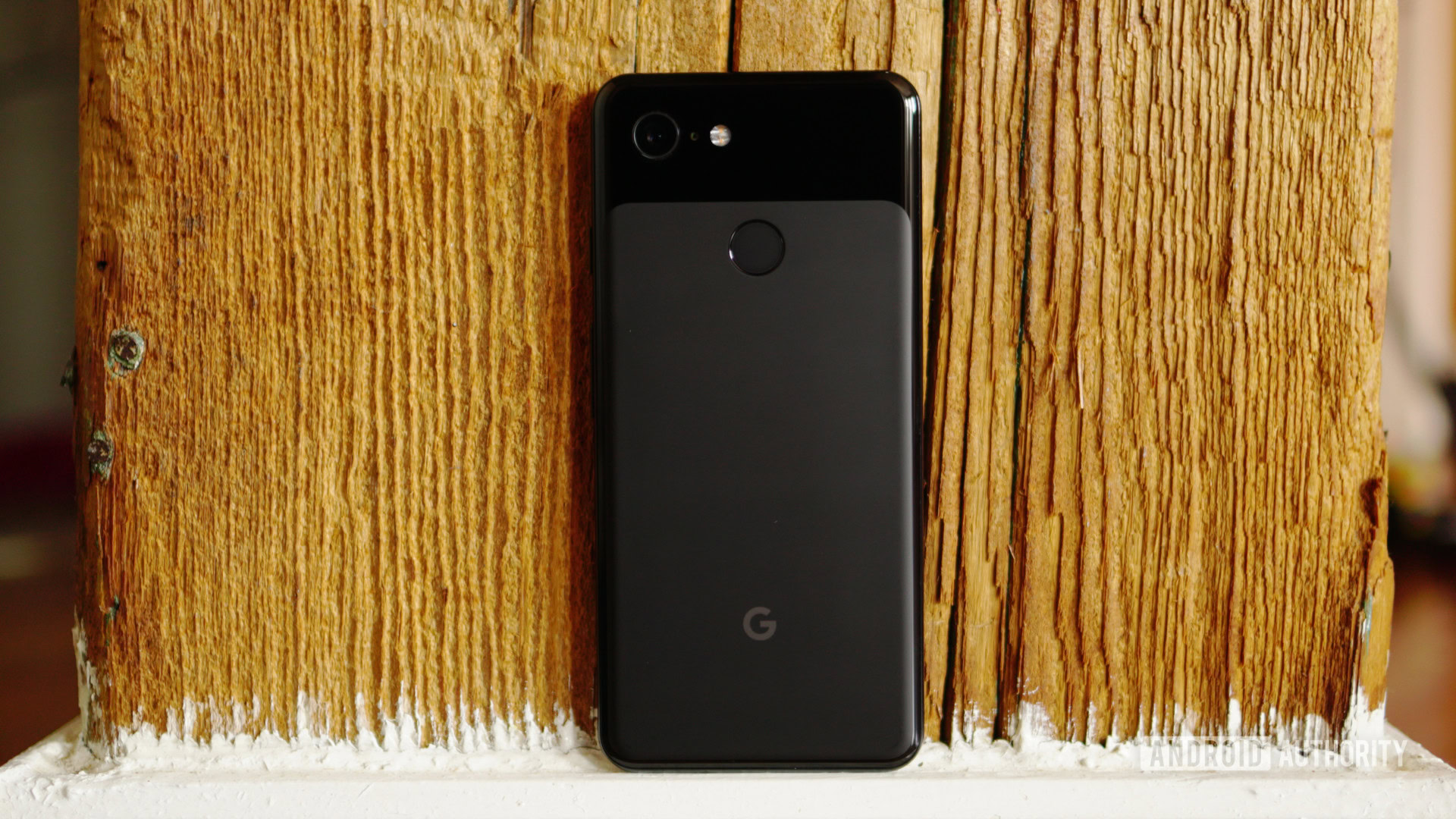
The Pixel 3 XL was probably the most successful smartphone of 2018 in one metric: organic publicity. While Google likely spent millions promoting the phone, the leak of black market prototype devices gave the Pixel 3 more promotion than Google could ever buy.
Months before the official launch of the Pixel 3 was even revealed, the public had already seen the Pixel 3 XL from every angle. We saw unboxing videos, full reviews, and photography samples before Google ran even one official ad for the device.
However, even with all this promotion, the Google Pixel 3 was no sales juggernaut. According to revenue estimates, the Pixel line — which includes Pixel smartphones, the Google Pixelbook, and the Google Pixel Slate — earned about $1.78 billion in combined gross profit in 2018. It might seem like a lot, but Samsung’s mobile division made $2 billion in gross profit from its smartphone sales in just the third quarter of 2018. That was a bad quarter, too.
The Pixel line is doing well — if you don't compare it to any other major smartphone on the market.
Granted, Samsung offers many different smartphones, while Google only has one line, but that doesn’t negate how Pixel smartphones don’t earn Google nearly as much revenue as competitors’ devices.
Another metric illuminating Google’s lack of market share is its own Android distribution report. The most recent report from October 26, 2018, shows devices running Android 9 Pie — which would theoretically include every Pixel smartphone at that point — make up less than a tenth of a percent of all active Android devices.

One tenth of a percent of the 2 billion active Android devices is 20 million devices. That means we can estimate there have been less than 20 million Pixel smartphones sold since the original Google Pixel launched in 2016.
Once again, 20 million might seem like a lot of smartphones for two years of sales, but in just the 2017 fiscal year, Apple sold over 216 million iPhones.
All of this data points to one thing: Google’s ambitions in the smartphone market have a very long way to go.
The one thing Google has over its competition is software. Along with a steady stream of Android updates, the Pixel smartphone line has arguably the best camera software of any smartphone in the history of smartphones. It also has unique AI-based features that competitors have yet to match.
We will just have to wait and see if Google can turn those superior products into more sales.
Google’s Chrome OS hardware isn’t gaining traction
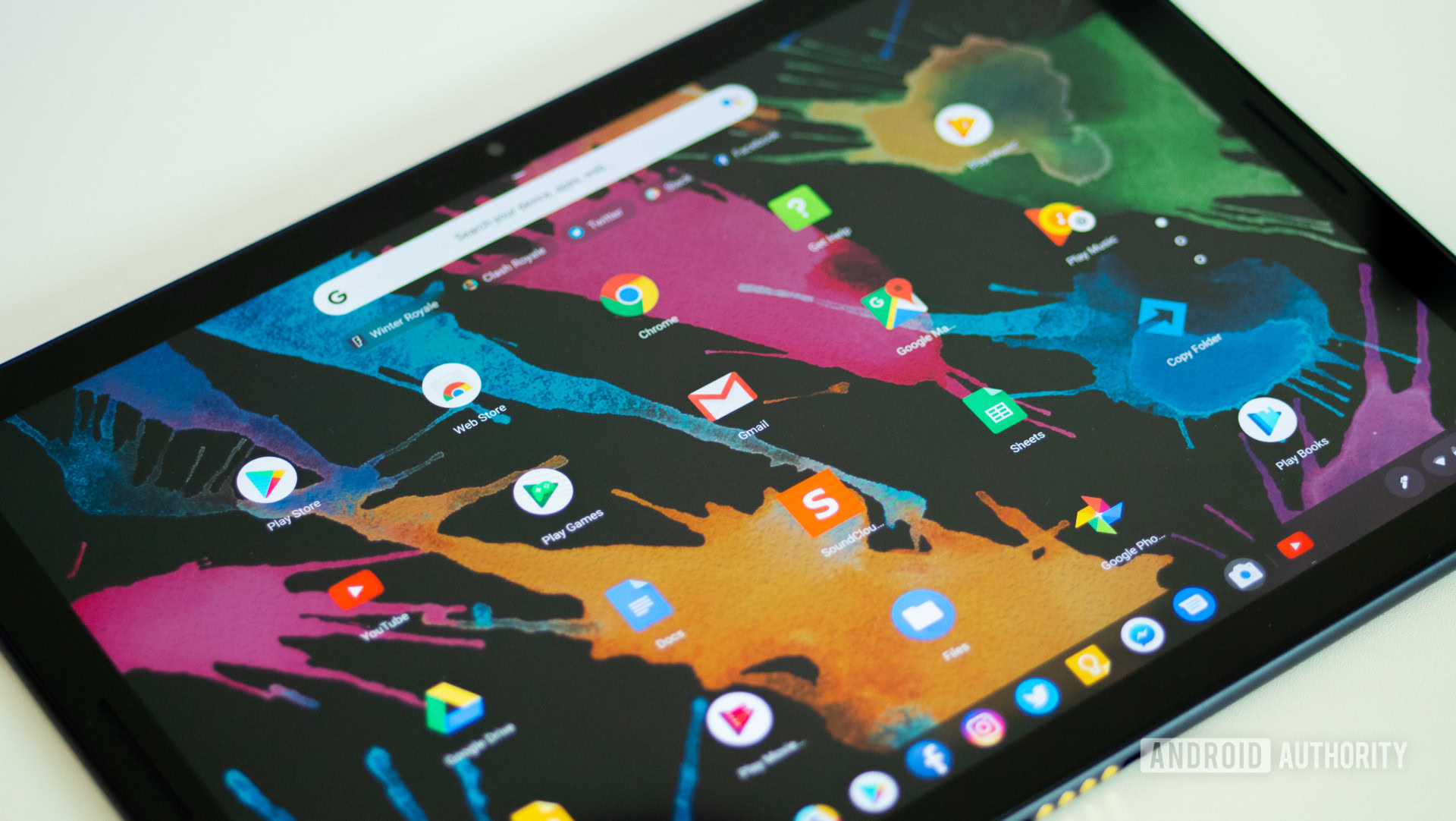
Google’s Chrome OS is doing astoundingly well, especially in the education sector. By the end of 2017, in the United States, almost 60 percent of mobile computing shipments to schools from kindergarten to grade 12 were Chromebooks.
School systems love Chrome OS. The operating system is easy for kids to learn and use, and the hardware costs a fraction of what Windows laptops go for.
So why isn’t the Google Pixelbook or the recently-released Google Pixel Slate a best-selling computer on the market?
That answer is simple, too: price.
Google will never gain any traction in the laptop market if it doesn't release hardware at an affordable price.
Competitor companies like Samsung, ASUS, and Acer sell Chromebooks like hotcakes by keeping the devices as cheap as possible. Google is taking the opposite approach and creating top-tier hardware with a top-tier price tag. The entry-level variant of the Pixel Slate is a whopping $800 if you buy it with the (one would say necessary) keyboard sleeve. A maxed-out model of the Slate with its keyboard sleeve would cost you no less than $2,000.
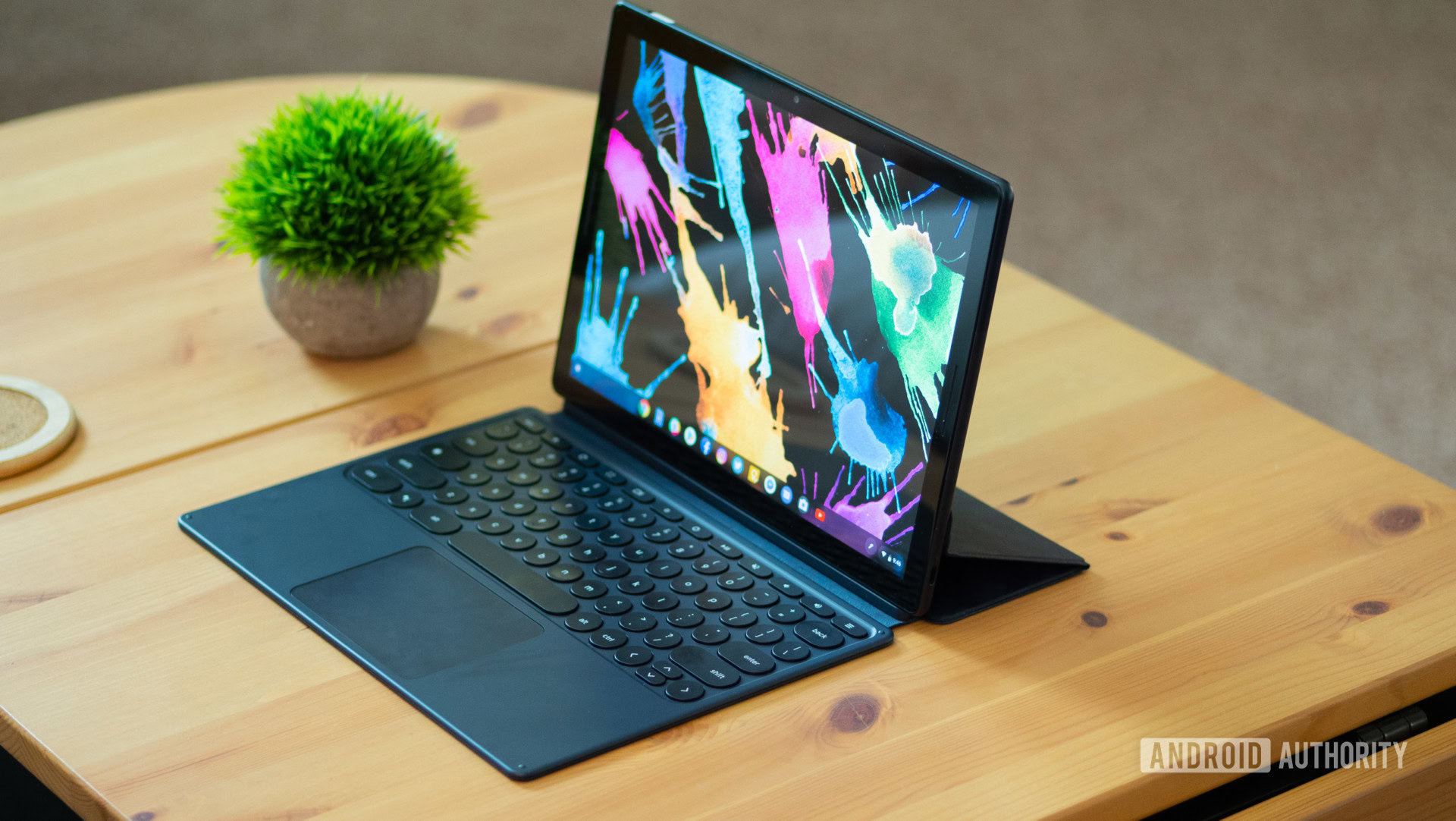
If Google wants to make a dent in the laptop market, it needs to abandon the idea of selling Chromebooks at Apple prices, at least for now. The Pixel Slate is powerful, beautiful, and altogether awesome, but the people ready to spend that much money on a laptop or tablet will just buy a Microsoft Surface Pro or Apple MacBook instead. It seems like the Pixel Slate was simply made for Google fans.
Maybe Google will be able to command $2,000 for a Chromebook years down the line. For now, it’s a fool’s errand.
Smart speakers are Google’s success story of the year
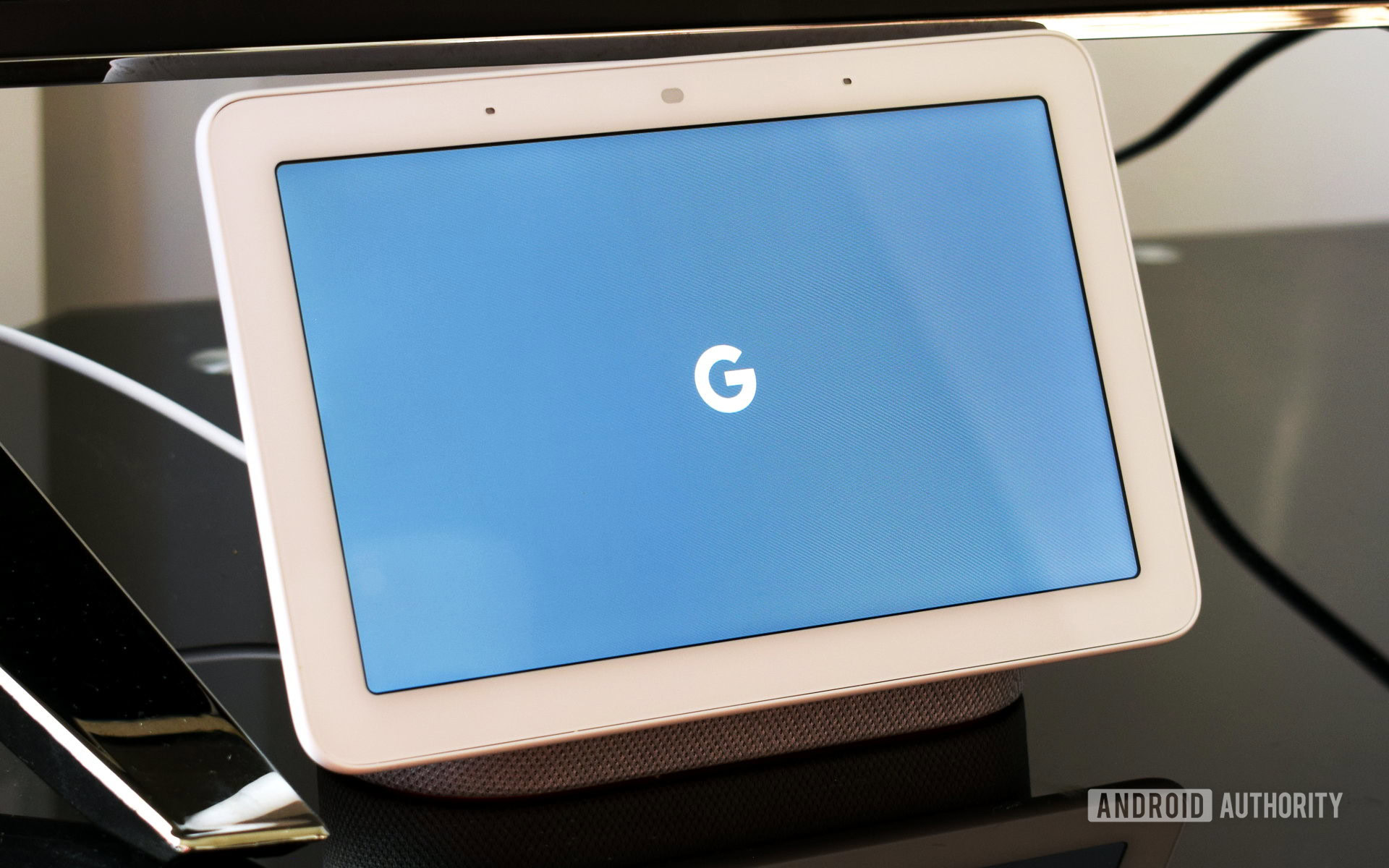
Despite the ho-hum progress of Pixel smartphones and laptops, Google’s smart speaker hardware is a force to be reckoned with. In 2016, it was estimated Google earned a gross profit of $49 million off its entire line of Home devices. In 2018, Home products will earn Google an estimated gross profit of $847 million, an increase of over 1,728 percent in two years.
If you look at revenues instead of profits, things get even more spectacular. In 2018, it’s estimated Google made $3.4 billion in revenue off its Home hardware, which is about the same amount it made off Pixel hardware.
A Pixel smartphone costs much more than most Google Home hardware. At $50 a pop, Google could potentially have sold over 50 million Google Home Minis in 2018.
Google is moving massive amounts of Google Home hardware — and the numbers are only going to get bigger.
Unfortunately, the two major companies in the smart speaker market — Google and Amazon — don’t report how many products they ship. Using estimates from market research firms and miscellaneous related data, it’s safe to assume Google is gobbling up market share from Amazon.

Additionally, numerous research firms report Google Assistant — which powers Google Home hardware — is the best virtual assistant currently available. Most reviews of smart speakers also conclude that Google Home hardware is the best you can buy.
This is all fantastic news for Google, as AI and virtual assistants are the future. Although Google’s cash cow right now is still Google Search, it won’t be that way forever. Google knows years from now, its virtual assistant will be its cash cow, and the company has already set itself in the lead.
An interesting thing to note about Google Home hardware is price. A Google Home Mini is $50 and a Google Home Hub smart display is $150. Can it be a coincidence that these priced-to-move units are the best thing going for Google’s hardware division right now?
There’s still plenty of competition
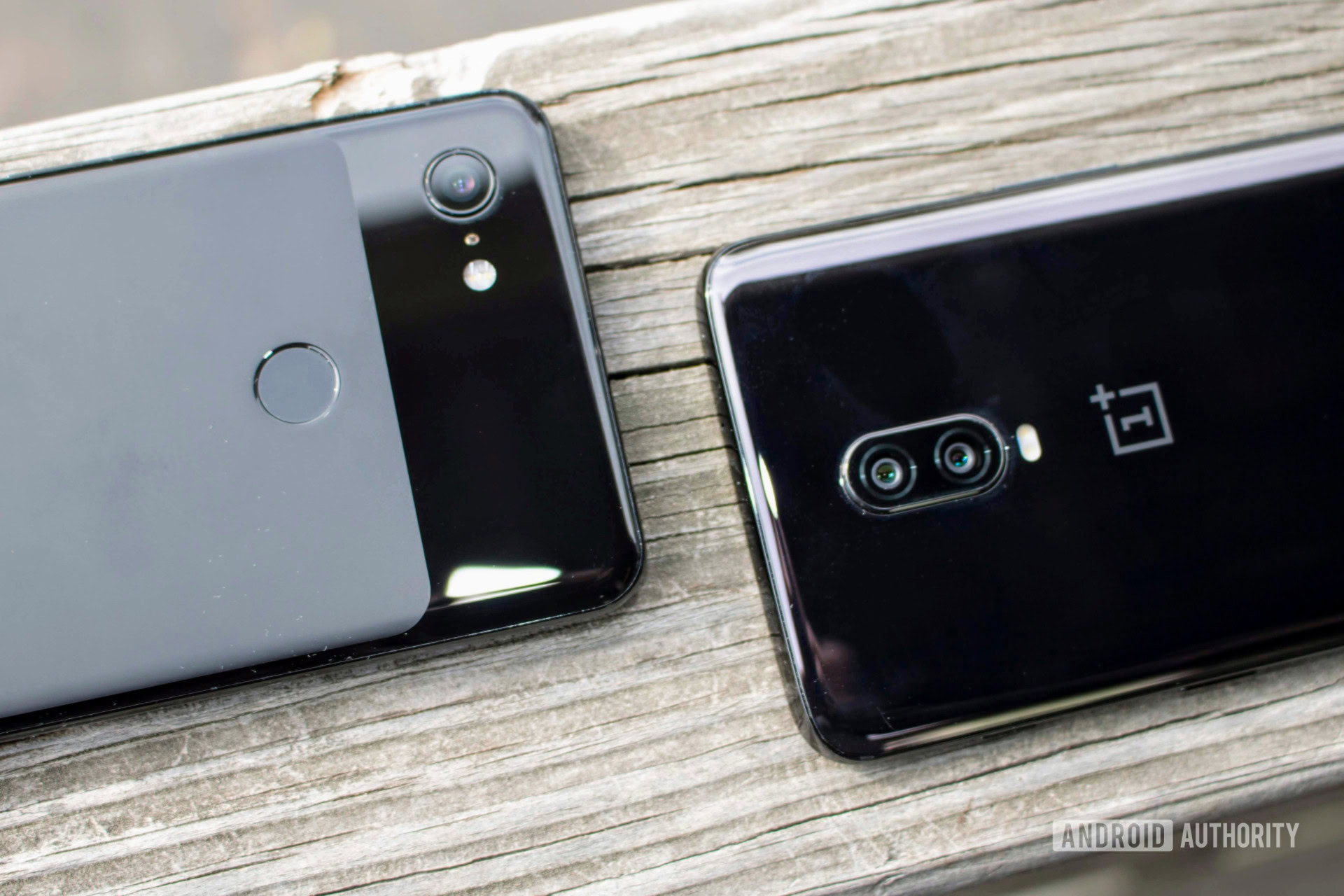
Google Search has little competition around the world. Gmail, Google Maps, and Google Chrome are also practically untouchable in their markets.
This is not the case with Google hardware devices like the Google Pixel smartphone or Google Pixel Slate. Even the runaway success of Google Home faces stiff competition from Amazon and others.
In the smartphone arena, Google faces competitors delivering devices with comparable hardware and lower prices. A phone like the OnePlus 6T undercuts the Google Pixel 3 by hundreds of dollars, delivering more RAM, more internal storage, the same processor, and the same all-glass build. Yes, the Pixel 3 has a far superior camera, but OnePlus understands consumers will buy up a device in droves if it cuts the right corners to keep it cheap.
RELATED: OnePlus 6T vs Google Pixel 3 XL
In the cases of laptops and computers, Google is pricing itself out of the market. The Microsoft Surface Pro tablet is on its sixth generation, which means consumers can find Surface Pros for half the price of a low-end Pixel Slate. To make matters worse, that Surface Pro will be able to run Windows applications which the majority of people are still looking for in a laptop experience.
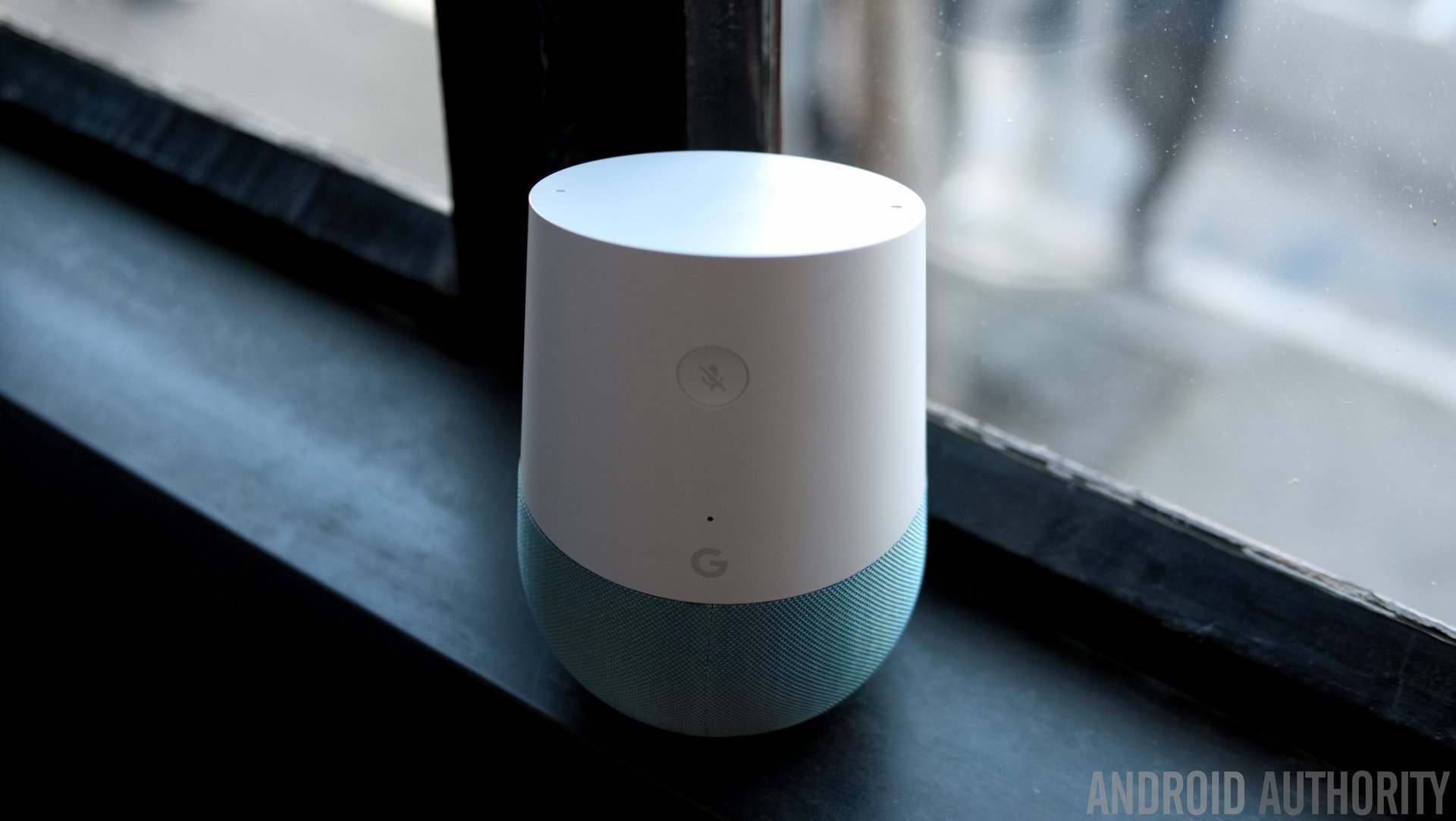
No matter how fancy of a laptop Google makes, few will buy it if it runs Chrome OS and costs as much as a macOS or Windows device. Consumers will stick with the operating system they know unless Google can give them an incentive to switch — which means dropping the price.
Finally, Google Home hardware is doing incredibly well, but Google’s main competitor Amazon is also doing incredibly well. What’s more, Amazon is doing most things faster than Google. It had its first smart speaker on sale well before Google. Amazon also beat Google to the punch in the smart display market and often releases new features before Google.
It’s a good bet Amazon will launch a new smart speaker product in 2019 and Google will launch its own answer to that product months later.
If Google wants to truly dominate the smart speaker industry, it needs to be faster than Amazon.
Google in 2019
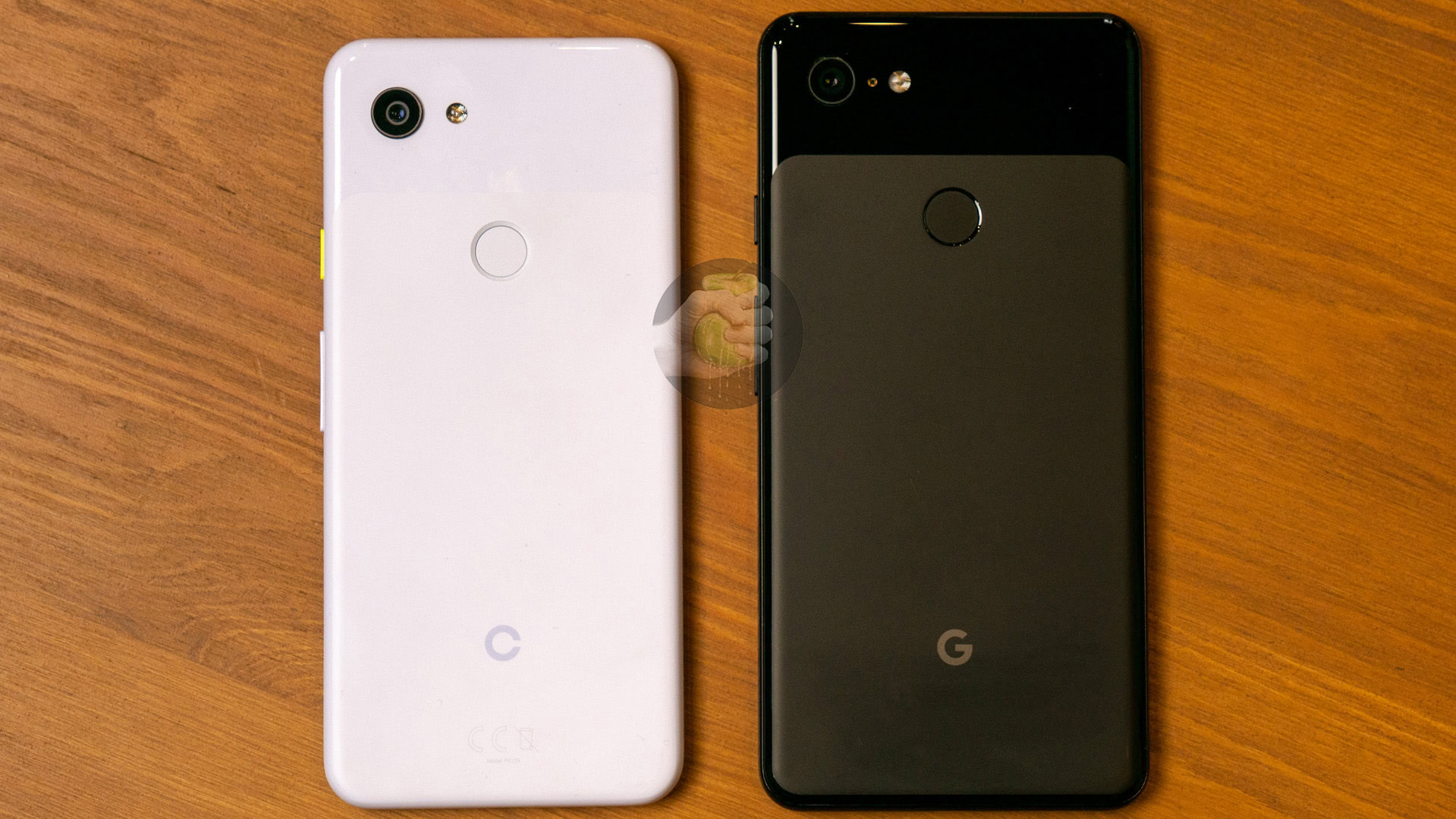
Google is poised to drop some seriously interesting products in 2019. The most interesting is probably the anticipated Google Pixel 3 Lite (which may or may not be its real name).
Up until now, there have been two Pixel phones released each year: the regular Pixel and its XL counterpart. In 2019, however, we anticipate Google will release a mid-range Pixel and Pixel XL, likely delivering the same software experience as the “real” Pixel 3, but with downgraded hardware and specs to make it more affordable.
This could open up the Pixel experience to people in developed nations with more modest budgets, and also potentially allow people in developing countries like India to buy a Pixel. It could be a huge boon for the Pixel line.
For the first time ever, we'll likely see a mid-range Pixel smartphone in 2019.
We don’t know much for certain about the Pixel 3 Lite, including its price. Google could overprice it and contradict the whole idea. We’ll probably hear more about the Pixel 3 Lite soon.
While we have some info on the Pixel 3 Lite, we haven’t heard anything about Google releasing a mid-tier laptop or tablet. If Google doesn’t have plans to release a Pixel Slate Lite in 2019, it really should. As stated earlier, people who can afford a Pixel Slate probably won’t buy it over a Windows- or macOS-based machine at a comparable price. If Google could deliver a high-end hardware experience in the $500 range (with the keyboard included), it might stand a chance to grab some serious market share.
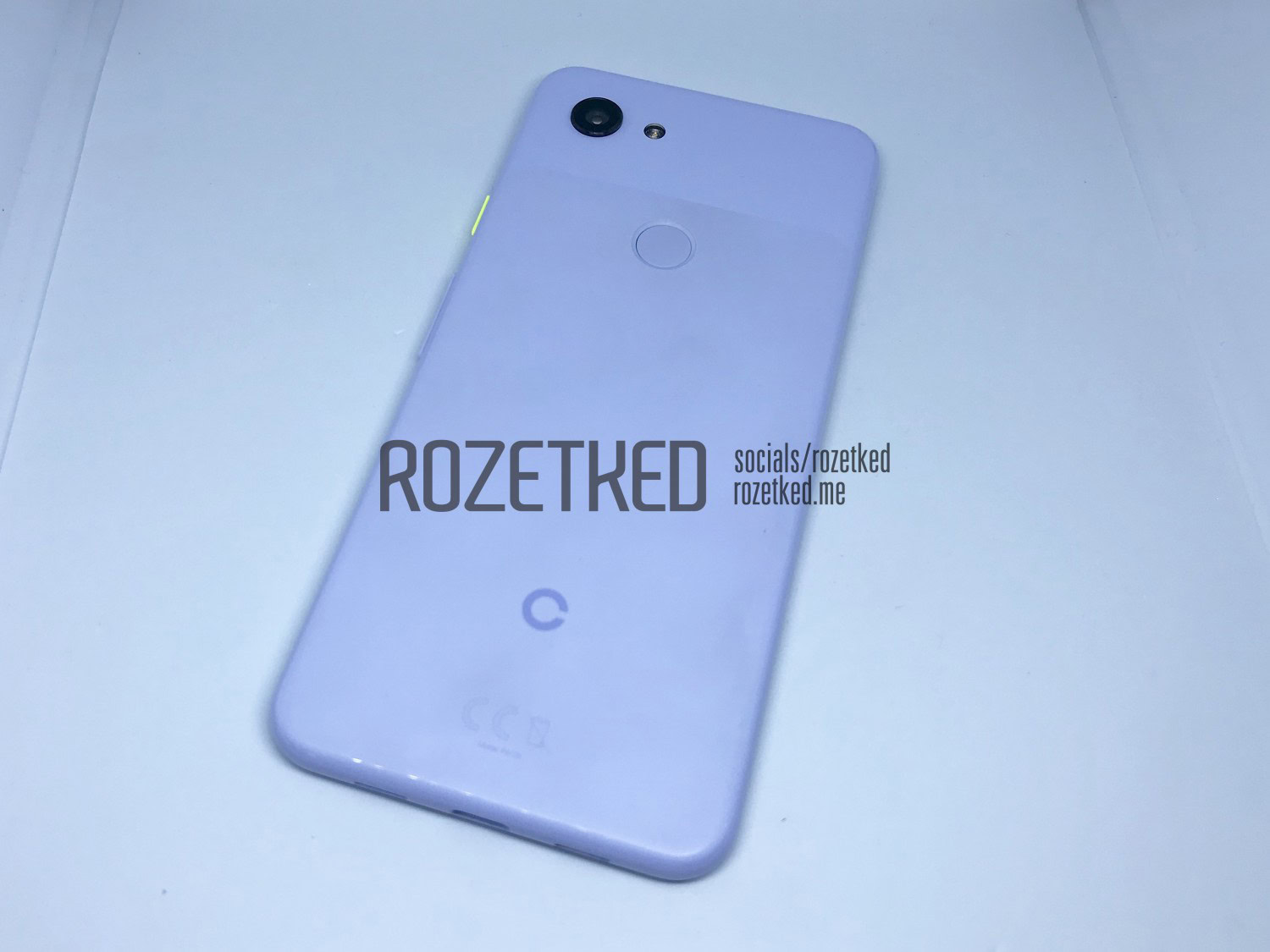
Google’s Project Stream — which lets you play AAA video games using in your browser — could also help a mid-range Chrome OS tablet sell. If Google could make a Chromebook or tablet run pretty much anything on a virtual server, Chrome OS would really have a chance against Windows and macOS. Project Stream is still in its infancy, though, so it’s unlikely this would make a huge difference this year.
Finally, we didn’t see a Google wearable in 2018. However, with Google’s push of Wear OS and Google Fit, it seems it’s only a matter of time before we see a “Made by Google” smartwatch.
RELATED: 2019 will be a great year for smartwatches and fitness trackers
There’s some truly untapped potential in the wearable market, especially for Google. It could sell a wearable not as a generic smartwatch, but more like a Google Home smart speaker you carry around on your wrist at all times. For that to work, Google would have to adopt the same strategy as it did with its Home hardware: make it great and make it cheap.
Google’s major advantage: Limitless cash
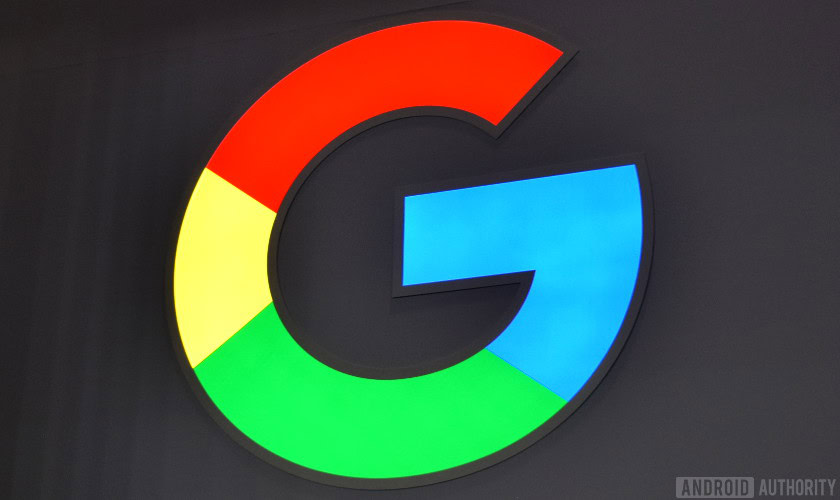
Unlike pretty much every other hardware manufacturer in the mobile industry, Google practically prints money from its Google Search business. The amount of cash the company pulls in from Search alone helps fund all sorts of risky endeavors (Wi-Fi balloons, anyone?), as well as more straightforward things like the Pixel smartphone.
With that in mind, there really is no excuse for Google to not be one of the best hardware manufacturers in the business. It has the talent, the money, the marketing power, and the infrastructure to do pretty much whatever it wants. That’s why the low adoption rates of the company’s smartphones and tablets are so confounding.
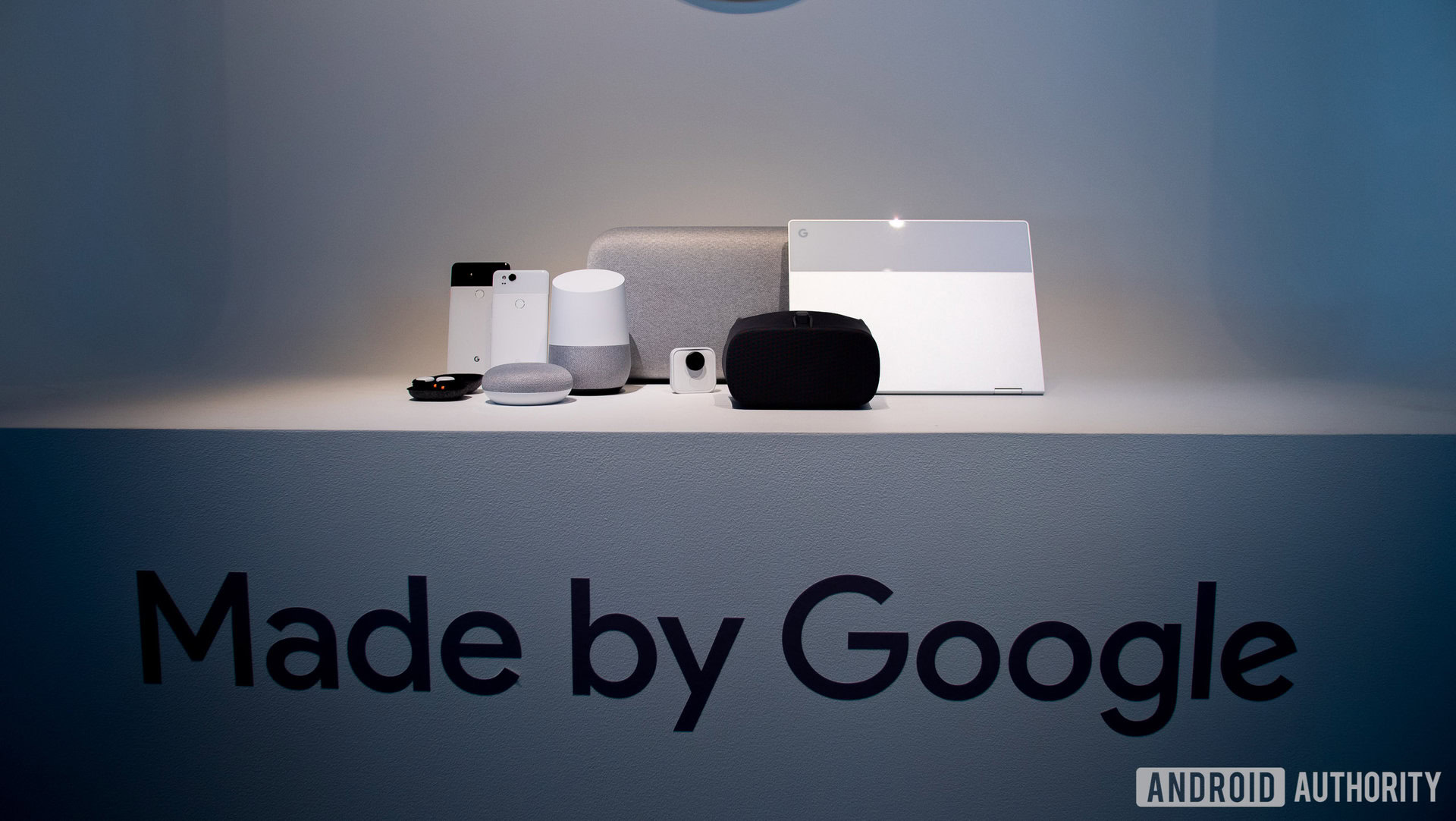
If Google truly wants to dominate the mobile markets, it needs to start from the beginning just like every other company. It needs to release smartly-priced products to get people hooked, and then release better, more expensive products as the business becomes more refined.
This whole strategy of rushing out of the gate charging Apple prices for hardware riddled with problems and out-spec’d by phones half the price simply won’t get the company anywhere. It understands this with Google Home hardware, but not with other divisions.
Google has everything it needs to make 2019 its year. Let’s see if it can do it.